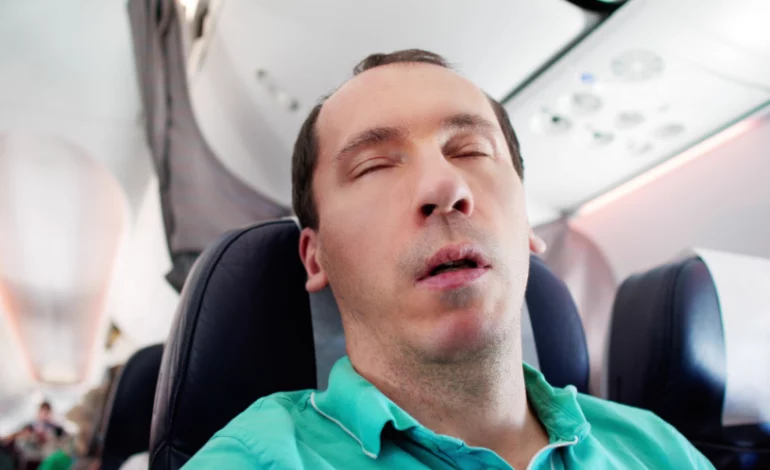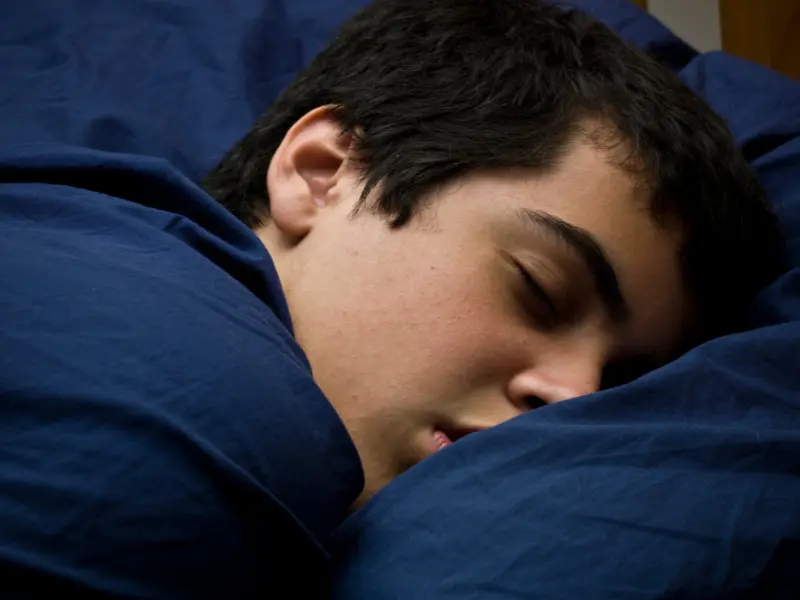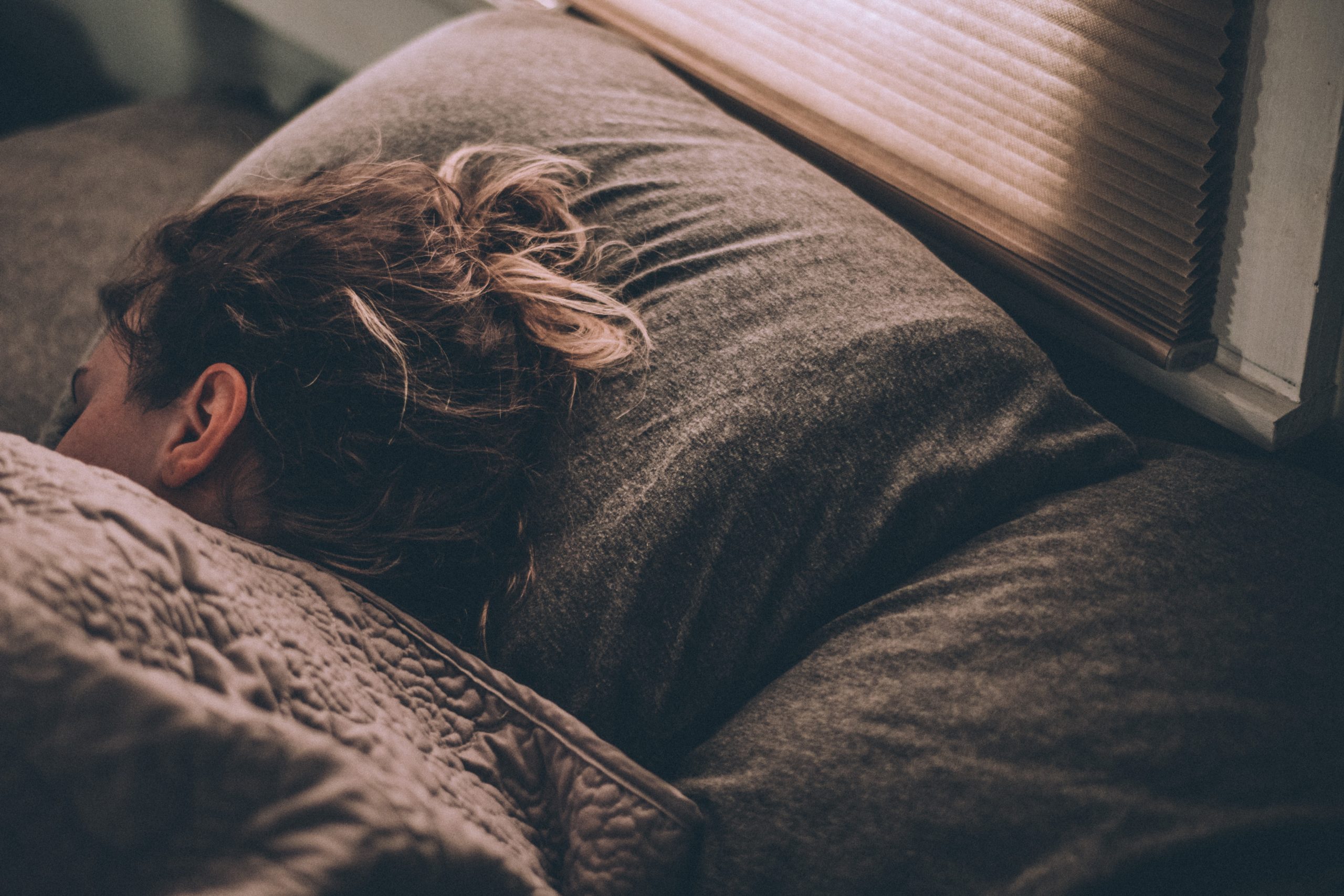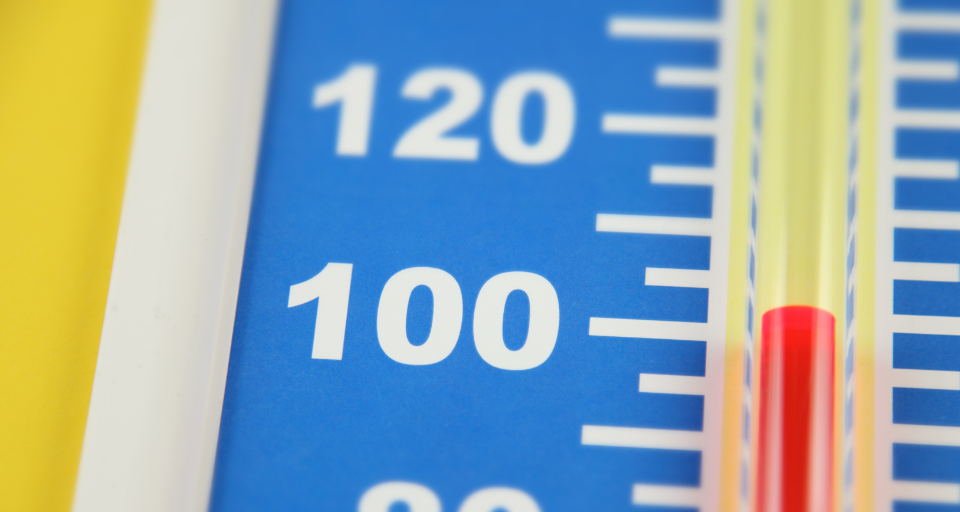
1. Choose the Right Seat for Maximum Comfort
2. Invest in Quality Travel Accessories
3. Dress Comfortably for the Flight
4. Stick to Your Regular Sleep Routine
5. Use Noise-Canceling Headphones or Earplugs
6. Block Out Light with an Eye Mask
7. Stay Hydrated but Avoid Caffeine and Alcohol
8. Practice Relaxation Techniques Before and During the Flight
9. Adjust to the Destination Time Zone
10. Stretch and Move to Keep Comfortable
Are you tired of arriving at your destination feeling like you’ve barely slept a wink on the plane? Getting quality rest while flying can be a challenge, but fear not – we’ve got you covered! In this blog post, we’ll share 10 invaluable tips to help you snooze soundly and wake up refreshed during your next flight. Say goodbye to tossing and turning in your seat and hello to stress-free sleeping on a plane!
Choose the Right Seat for Maximum Comfort
When it comes to catching some Z’s on a plane, choosing the right seat can make all the difference. Opt for a window seat if you like leaning against something while you snooze, or go for an aisle seat if you prefer easy access to stretch your legs. Avoid seats near high-traffic areas like bathrooms and galleys to minimize disturbances.
If you’re willing to splurge a bit, consider upgrading to premium economy or business class for added comfort and legroom. Check out online seat maps before booking your flight to select the most suitable spot for optimal rest. Remember that each airline’s seating configuration varies, so do your research beforehand.
By strategically selecting your seat based on your preferences and needs, you’ll set yourself up for a more comfortable and restful journey.
Invest in Quality Travel Accessories
Investing in quality travel accessories can make a significant difference when it comes to getting good sleep on a plane. Consider purchasing a supportive neck pillow to avoid waking up with a sore neck after nodding off during the flight. A cozy blanket or scarf can provide extra warmth and comfort, especially if the airplane cabin gets chilly.
Having a pair of noise-canceling headphones or earplugs handy can help block out any disruptive sounds, creating a more peaceful environment for relaxation. Additionally, packing an eye mask to block out unwanted light will signal to your body that it’s time to rest, promoting better sleep.
Don’t forget about staying hydrated during your flight by bringing along a reusable water bottle. Opt for herbal tea or warm milk instead of caffeinated beverages like coffee or soda which can interfere with your ability to fall asleep easily.
Consider investing in compression socks to improve circulation and reduce swelling in your legs during long flights. These small investments in quality travel accessories can greatly enhance your overall flying experience and make catching some Z’s mid-air much more achievable!
Dress Comfortably for the Flight
When it comes to catching some shut-eye on a plane, comfort is key. Opt for loose-fitting clothing made from breathable fabrics like cotton or bamboo to ensure you can relax and move easily during your flight. Avoid tight waistbands or stiff materials that might restrict your movements and disrupt your sleep.
Layering is also essential for adjusting to the temperature changes in-flight. Bring along a cozy sweater or shawl that you can easily put on or take off as needed. Don’t forget comfy socks and slip-on shoes to keep your feet warm and allow for easy removal when settling in for some rest.
Consider wearing an oversized scarf that can double as a blanket if you find yourself feeling chilly mid-flight. And remember, keeping comfortable starts with what you wear, so prioritize relaxation over fashion when choosing your airplane attire.
Stick to Your Regular Sleep Routine
One of the most effective ways to ensure a good night’s sleep on a plane is to stick to your regular sleep routine as much as possible. If you typically go to bed at a certain time and wake up at a specific hour, try to follow these patterns even during your flight.
By maintaining consistency with your usual sleep schedule, you can signal to your body that it’s time for rest, making it easier to fall asleep onboard. Whether it’s reading before bed or listening to calming music, incorporating familiar bedtime rituals can help relax your mind and prepare you for slumber.
Avoid disruptions in your pre-sleep activities by packing items like a travel-sized book or playlist of soothing tunes. Creating a sense of normalcy amidst the chaos of air travel can significantly improve your chances of getting quality rest while flying.
Use Noise-Canceling Headphones or Earplugs
For many travelers, the ambient noise on a plane can be a major hindrance to getting quality sleep. That’s where noise-canceling headphones or earplugs come in handy. These nifty gadgets help block out the hum of the engines, chatter from fellow passengers, and other disruptive sounds that can keep you awake.
Investing in a good pair of noise-canceling headphones is worth its weight in gold when it comes to catching some zzz’s during your flight. Not only do they drown out unwanted noise, but they also allow you to listen to calming music or white noise to lull you into dreamland.
If headphones aren’t your thing, foam earplugs are another excellent option for creating a quiet environment conducive to restful sleep. They’re small, affordable, and highly effective at reducing external noises that might disturb your slumber.
Whether you opt for headphones or earplugs, incorporating these items into your carry-on essentials can make all the difference between tossing and turning versus enjoying a peaceful snooze above the clouds.
Block Out Light with an Eye Mask
When it comes to getting quality sleep on a plane, blocking out light with an eye mask can make all the difference. The bright cabin lights and sun glare can disrupt your circadian rhythm and prevent you from dozing off comfortably.
An eye mask is a simple yet effective tool to help create a dark environment conducive to sleep. Opt for a contoured or padded one that fits snugly around your eyes without putting pressure on them, ensuring maximum comfort throughout your flight.
Not only does an eye mask block out unwanted light, but it also signals to your brain that it’s time to rest. This cue can help you relax and drift off into a peaceful slumber while in the air.
Whether you prefer silk, cotton, or memory foam material, choose an eye mask that feels soft against your skin and doesn’t irritate sensitive areas around your eyes. Investing in a high-quality eye mask is worth it for those long-haul flights where every minute of shut-eye counts.
Stay Hydrated but Avoid Caffeine and Alcohol
Staying hydrated is crucial when it comes to feeling your best while flying. Dehydration can lead to headaches, fatigue, and overall discomfort during your journey. Make sure to drink plenty of water throughout the flight to keep yourself feeling refreshed.
On the other hand, caffeine and alcohol can have a negative impact on your ability to sleep well on a plane. While that cup of coffee or glass of wine might seem tempting, these beverages can disrupt your natural sleep patterns and leave you feeling more restless during the flight.
Opt for herbal tea or plain water instead to stay hydrated without consuming substances that may interfere with your ability to relax and rest. Your body will thank you for choosing hydrating options that support a peaceful snooze in the air.
Practice Relaxation Techniques Before and During the Flight
When it comes to catching some z’s on a plane, relaxation techniques can be your secret weapon. Before takeoff, try practicing deep breathing exercises to calm your mind and body. Inhale deeply through your nose for a count of four, hold for seven counts, then exhale slowly through your mouth for eight counts.
During the flight, consider listening to soothing music or guided meditation tracks to help you unwind. Close your eyes and visualize yourself in a peaceful setting like a cozy cabin in the woods or a serene beach at sunset. Focus on releasing tension from each part of your body starting from your toes all the way up to your head.
If you’re feeling restless, gentle stretching or simple yoga poses can help relieve stiffness and promote relaxation. Try rolling your shoulders back and forth or doing neck rotations to ease any discomfort caused by prolonged sitting. Remember that finding what works best for you may take some trial and error, so don’t get discouraged if one technique doesn’t do the trick right away.
Adjust to the Destination Time Zone
Adjusting to the destination time zone can make a significant difference in how well you sleep on a plane. Before your flight, start shifting your sleeping and eating schedule closer to the time zone of your destination. This gradual adjustment can help minimize jet lag and improve your chances of getting quality rest during the flight.
Once onboard, try to align your activities with the local time at your destination. If it’s nighttime there, consider taking steps to wind down and relax as if it were bedtime for you too. This mental shift can signal to your body that it’s time to rest, making falling asleep on the plane easier.
Avoid relying solely on medication or supplements to force sleep; instead, focus on natural ways to adjust your internal clock. By syncing up with the new time zone ahead of landing, you’ll be better prepared for a stress-free transition upon arrival.
Stretch and Move to Keep Comfortable
Stretching and moving during a flight are essential for maintaining comfort and promoting better sleep. Long periods of sitting can lead to stiffness and discomfort, making it difficult to relax and fall asleep. To counter this, try to stand up and walk down the aisle every couple of hours to improve circulation. Simple in-seat exercises, such as ankle rolls, knee lifts, and shoulder shrugs, can also help keep your muscles loose and reduce the risk of cramps. By keeping your body active and flexible, you can prevent discomfort and enhance your ability to settle into a restful sleep. Remember, even small movements can significantly improve your overall comfort during a flight, paving the way for a more peaceful and restorative sleep experience.
Incorporating these tips into your travel routine can make a significant difference in how well you sleep on a plane. By choosing the right seat, investing in quality accessories, and dressing comfortably, you set yourself up for success. Sticking to your regular sleep routine, using noise-canceling headphones, blocking out light with an eye mask, and staying hydrated all contribute to stress-free sleeping on a plane.
Practicing relaxation techniques before and during the flight helps calm your mind and body for rest. Adjusting to the destination time zone as soon as possible aids in overcoming jet lag. Remember to stretch and move periodically during the flight to keep comfortable and prevent stiffness.
By following these 10 helpful tips on how to sleep well on a plane while traveling, you can arrive at your destination feeling refreshed and ready for new adventures ahead. Happy travels!
Disclaimer: this article does not constitute either medical or any other type of advice. The article contains the author’s personal opinion and personal conclusions and observations. If you have sleep problems or interested in other issues related to it, it is better to consult medical expert e.g. your doctor etc.









